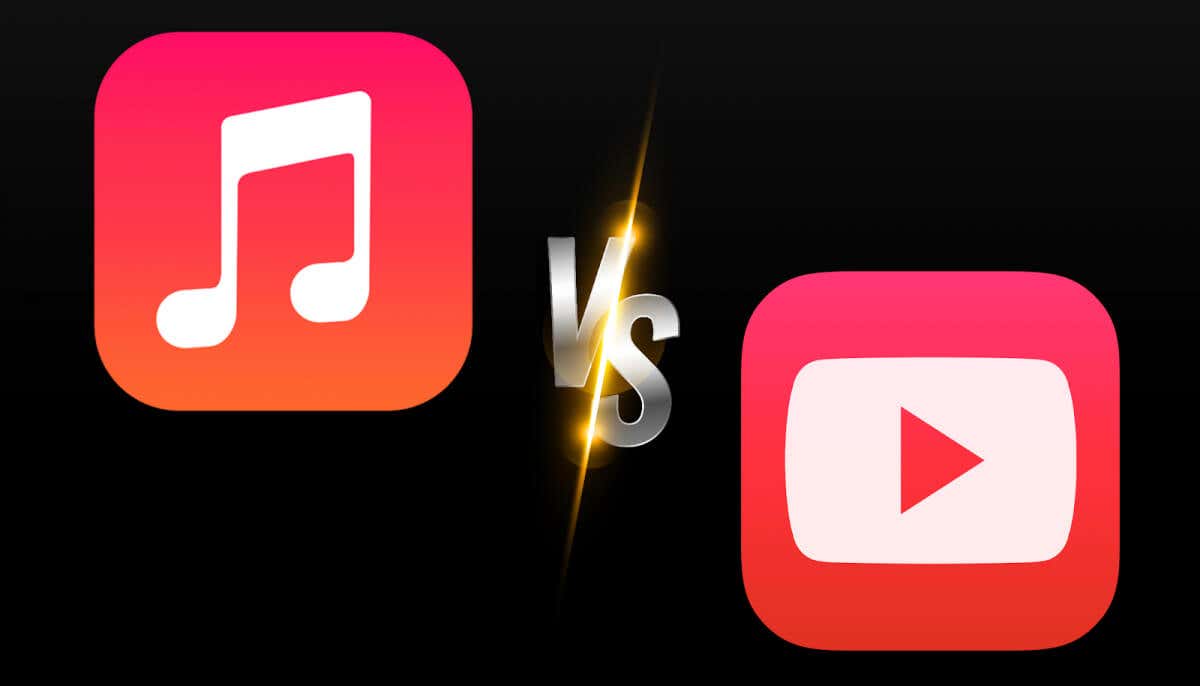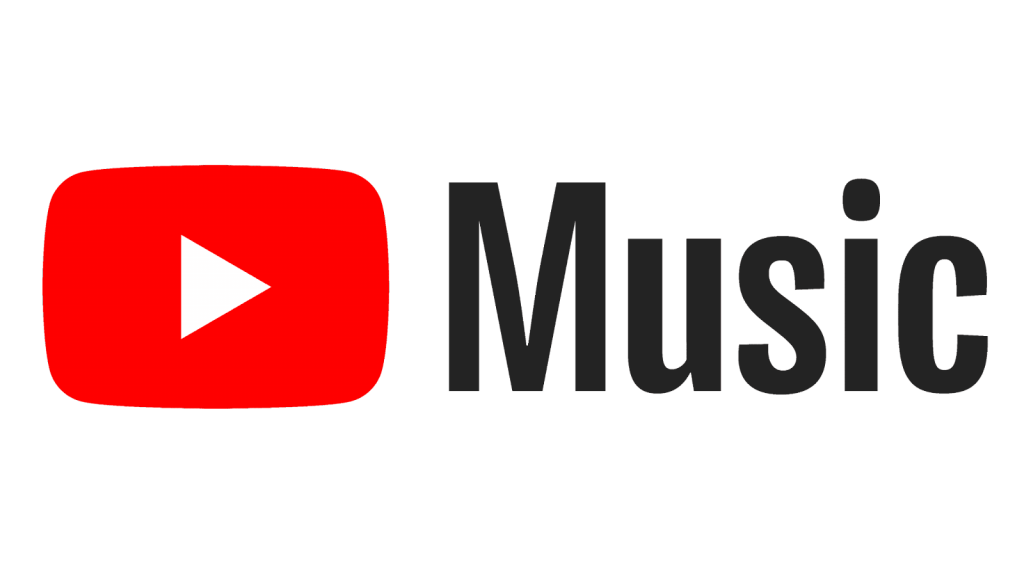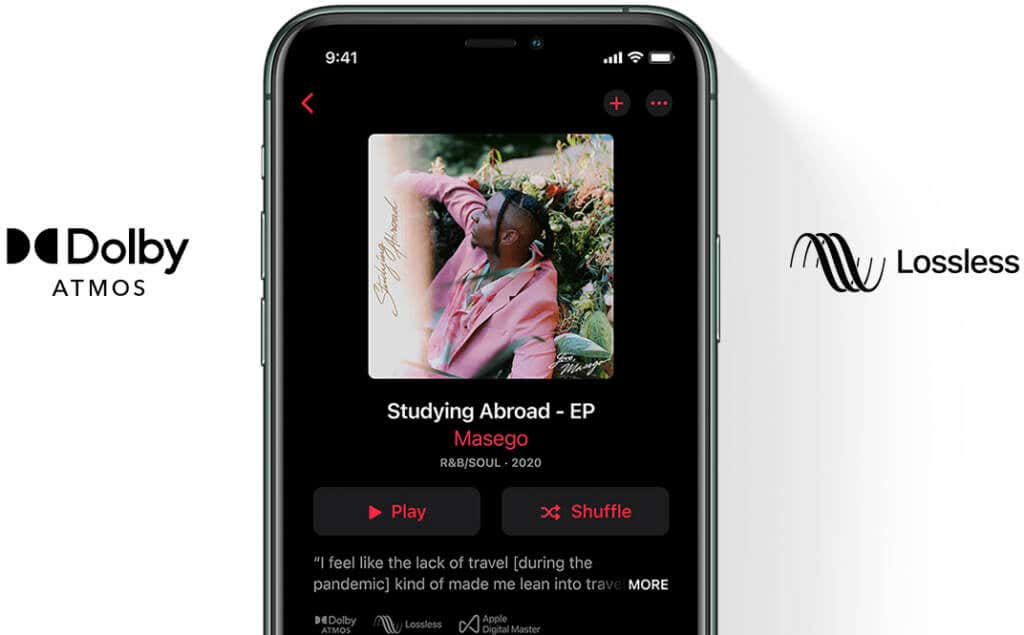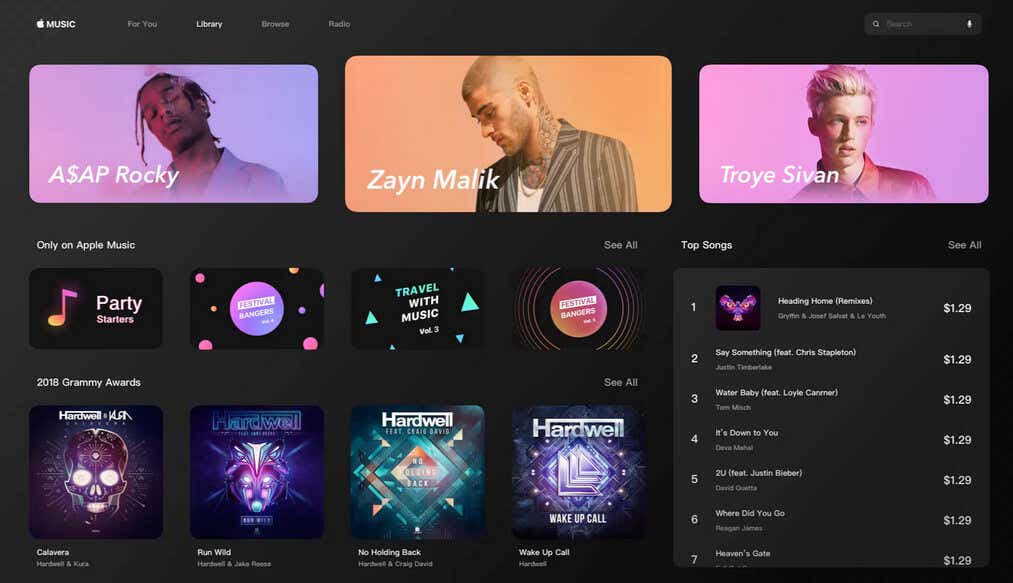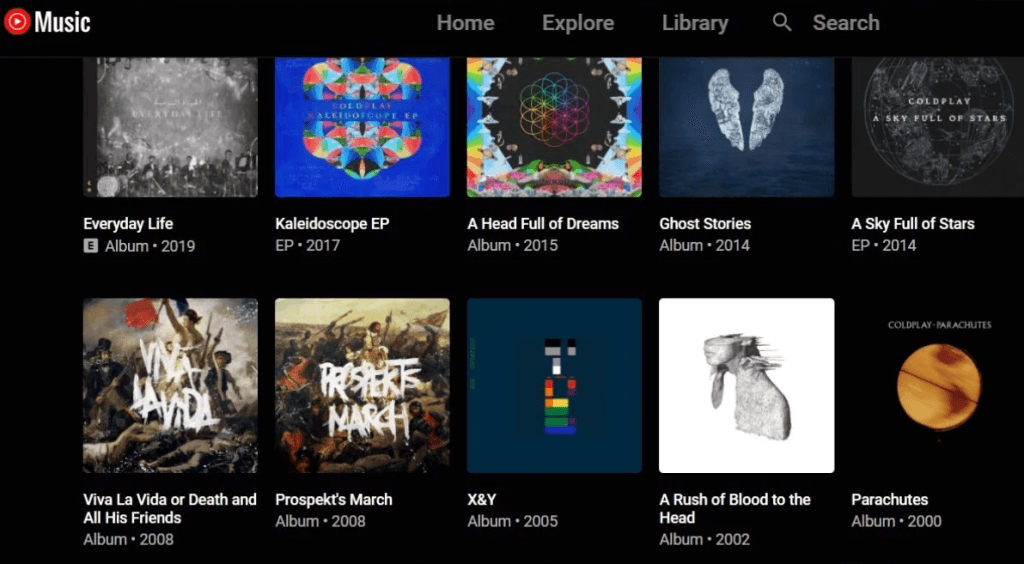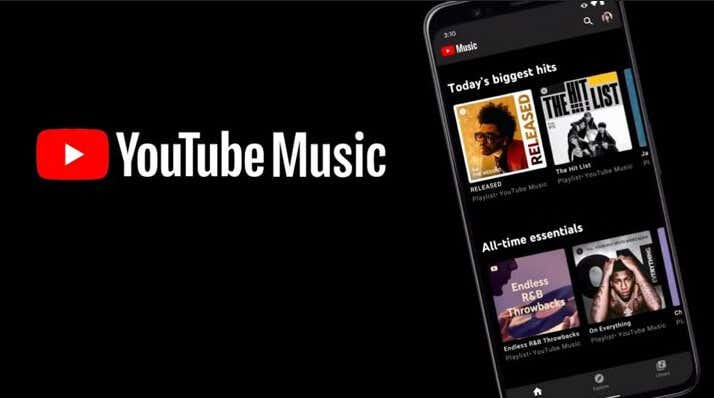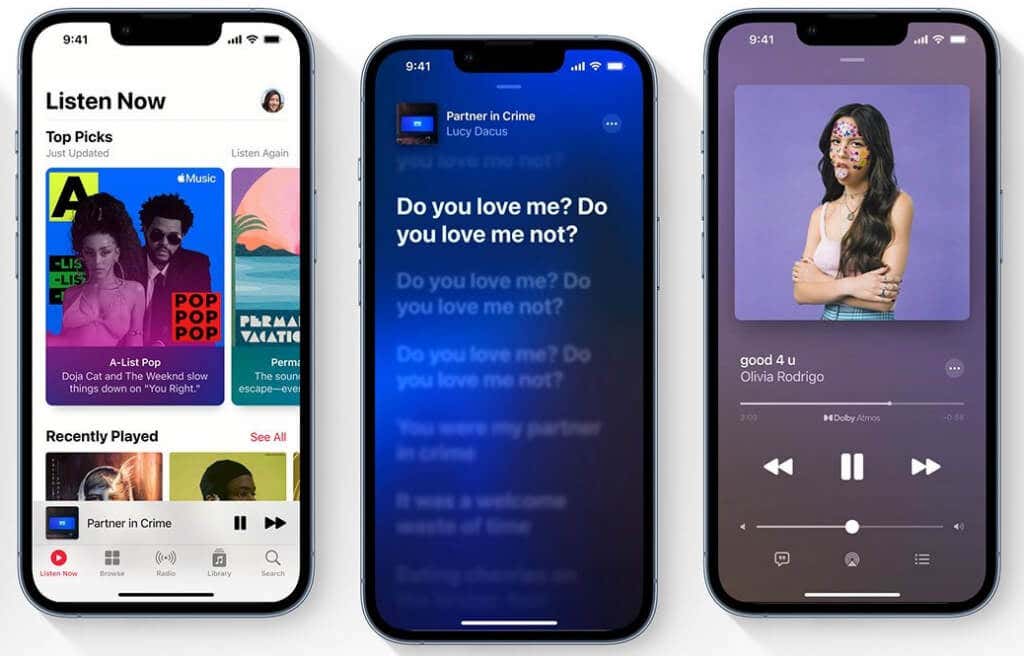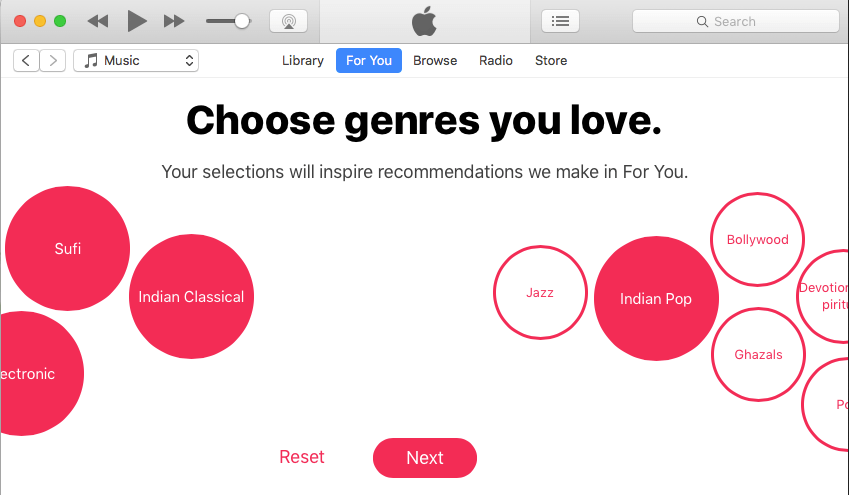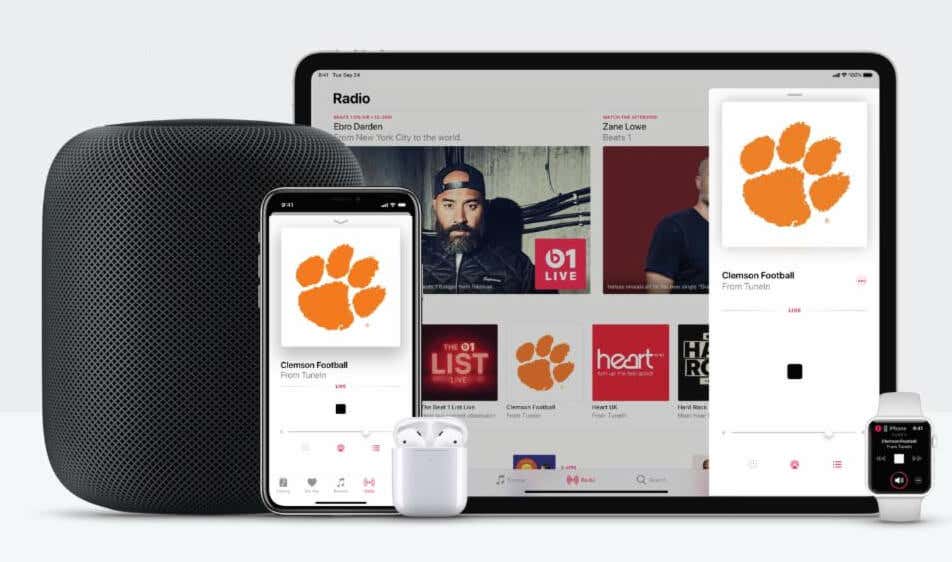Deciding between Apple Music and YouTube Music is not an easy task. You’ll have to ask yourself what you need and want from music streaming services. To help you decide, this article compares the Apple and YouTube Music features such as subscription plans and prices, content and audio streaming quality, or ease of use. Also, check out our Spotify vs. Apple Music comparison to help you make the best decision.
Overview of Apple Music
In 2015 Apple launched its streaming service called Apple Music. It replaced the famous iTunes and introduced new features to the streaming scene. Apple Music is available in 168 countries and has a library with over 100 million songs. With Apple Music, you can tailor your playlists, watch music videos, and listen to live radio stations.
Unfortunately, this streaming service doesn’t offer podcasts and audiobooks to its users. That’s because Apple has a separate Apple Podcast and Apple Books service. Perhaps in the future, Apple will consider merging the three services and have it all in one place.
Overview of YouTube Music
YouTube, a Google subsidiary, owns YouTube Music. This service started as Music Key in 2014, but it wasn’t until 2018 that it underwent a revamp and grew in popularity. By 2020 it completely replaced Google Play Music. YouTube Music is the fourth most popular streaming app, with 80 million paid subscribers and over 2.6 billion users worldwide. This service is available in 101 countries, and it boasts a library of 70 million official songs. With unofficial tracks, that number easily climbs to 100 million. Like Apple Music, YouTube Music doesn’t offer audiobooks or podcasts. Google has a separate service called Google Podcasts, while audiobooks are available on Google Play.
Price
Price can play a big role when deciding which streaming service to use. However, the difference between Apple Music and YouTube Music isn’t a deciding factor because the cost differences are minor. Look at the quick breakdown in the table below:
Both Apple Music and YouTube Music subscriptions automatically renew each month. But you can cancel them whenever you want, and your subscription will stop at the end of the billing cycle.
Additionally, both music streaming services offer a free three-month trial period. But only YouTube Music has a completely free subscription plan that includes ads. This might be the best option if you don’t have a budget for a music streaming service and can endure through commercials, although they are skippable after a few seconds. For an ad-free experience, you’ll have to pay for one of the upper-tier subscription plans.
If you insist on getting Apple Music, but you are on a tight budget, Voice is the cheapest option. But be warned, it’s available only for compatible Siri-enabled devices and only in certain countries.
Audio Quality
For most users, audio quality is the most crucial aspect when streaming audio. Apple Music wins here. However, the regular listener might not notice the difference. Only professionals and audiophiles might deem YouTube Music unsatisfying. In 2021 Apple Music made Spatial Audio and Lossless Audio available to all their subscribers at no additional cost. These two features make Apple’s streaming platform superior, especially with Dolby Atmos. Apple Lossless Audio Codec (ALAC) ensures that all the original audio file details are preserved. That means you’ll hear the songs just as the artists recorded them and intended you to listen. Finally, Apple Music streams ACC files at 256 kbps, while the current YouTube Music sound quality is 128 kbps. However, YouTube allows you to select a lower streaming bitrate if you’re concerned about mobile data usage. That said, Apple Music overall wins in the audio quality department.
UI Design
Both Apple Music and YouTube Music have pretty straightforward interfaces. But they are very different from each other.
Apple Music UI
Apple Music has a gray interface with different tabs that run along the top of the screen (or bottom on the mobile app). You can easily navigate to Library, For You, Browser, and Radio from here. It’s straightforward and minimalistic, so it’s highly user-friendly.
YouTube Music UI
As simple as Apple Music but with an even more minimalistic design, the YouTube Music UI is clean and neat. Different tabs will allow you access to the YouTube Music catalog, your personal music library, recently played content, and listening recommendations.
Mobile, Desktop, and Web Apps
Apple Music and YouTube Music mobile apps are available for iOS and Android. But Apple Music comes preinstalled on all iPhone, iPad, and iPod touch devices. No matter which one you go for, you’ll have access to a fullscreen media player that’ll display all the album and artist info while listening. You can add new songs to your playlists, queue songs, or share music directly from the mobile app.
Note: The YouTube Music mobile app won’t allow you to listen to the music uninterrupted if you switch the app or lock your screen if you run a free tier. This feature is available only for Premium subscribers.
Apple Music in iTunes for PC and Mac is similar to its mobile app, although it has a less modern design. However, it has the Smart Playlist feature, which is unavailable in the mobile app. This feature will automatically create a personalized playlist based on your favorite genre, liked or disliked tracks, or the date you added them to iCloud. With Smart Playlist, you won’t have to add songs to your playlist so often manually.
Apple doesn’t have a native app for web browsers, while YouTube Music doesn’t have an official desktop app. But you can use various workarounds and listen to your favorite music streaming service on whatever device. You can use Musish to listen to Apple Music on the web. Similarly, use a web browser to install YouTube Music on your desktop as a progressive web app (PWA).
Music Library and Offline Listening
You can expect access to vast libraries if you pay for an Apple or YouTube Music subscription. However, if you like to listen to unofficially released music, song covers, and user-generated remixes, YouTube Music is the place to go. It’ll allow you to explore new music aside from what’s produced by the major record labels. As for offline listening, Google puts no limit on how many tracks you can download from YouTube Music. You are free to put them on any of your devices and listen even if you don’t have access to the internet. On the other hand, Apple Music allows the download of 100,000 songs to your library. You can then sync the iCloud Music Library feature across devices. Use your Apple ID to listen to the downloaded tracks anywhere and anytime.
The Music Discovery Feature
When you sign up for the service, Apple Music will ask you to select your favorite artists. This is how the app gets a sense of your taste. It then uses a special algorithm to update the For You section with new releases or music suggestions. YouTube Music doesn’t have such a straightforward discovery feature. However, in time, you’ll notice your home section being populated with similar music that you tend to listen to most often. This is done based on your likes and dislikes of particular songs. If you sync your existing playlist to your library, Google’s algorithm will learn your preferences and suggest tracks you might like.
Cross-Platform Availability
Listening in the Car
Apple has its own CarPlay system that supports Apple Music and Google Play Music. If your car doesn’t have CarPlay, you can use Bluetooth to play any of these streaming services through the car’s entertainment system. You can also opt for a cable connection, a built-in app, or the Android Auto app to play Apple Music or YouTube Music via your phone.
The Bottom Line
Ultimately, choosing which streaming service to use comes down to personal preference. Apple Music and YouTube Music offer unique features, benefits, and drawbacks. If you’re a devoted Apple fan and already a proud owner of the Apple ecosystem, then Apple Music is the right choice for you. You’ll have an incredible user experience, a fantastic music library, and an app with some neat features. But if you own Android devices and are already used to the YouTube and Google apps, you’ll feel right at home with YouTube Music. In addition, YouTube Music is a slightly cheaper service with a great free plan available to everyone. So if you can’t afford to pay for yet another streaming service, YouTube Music is an obvious choice.
